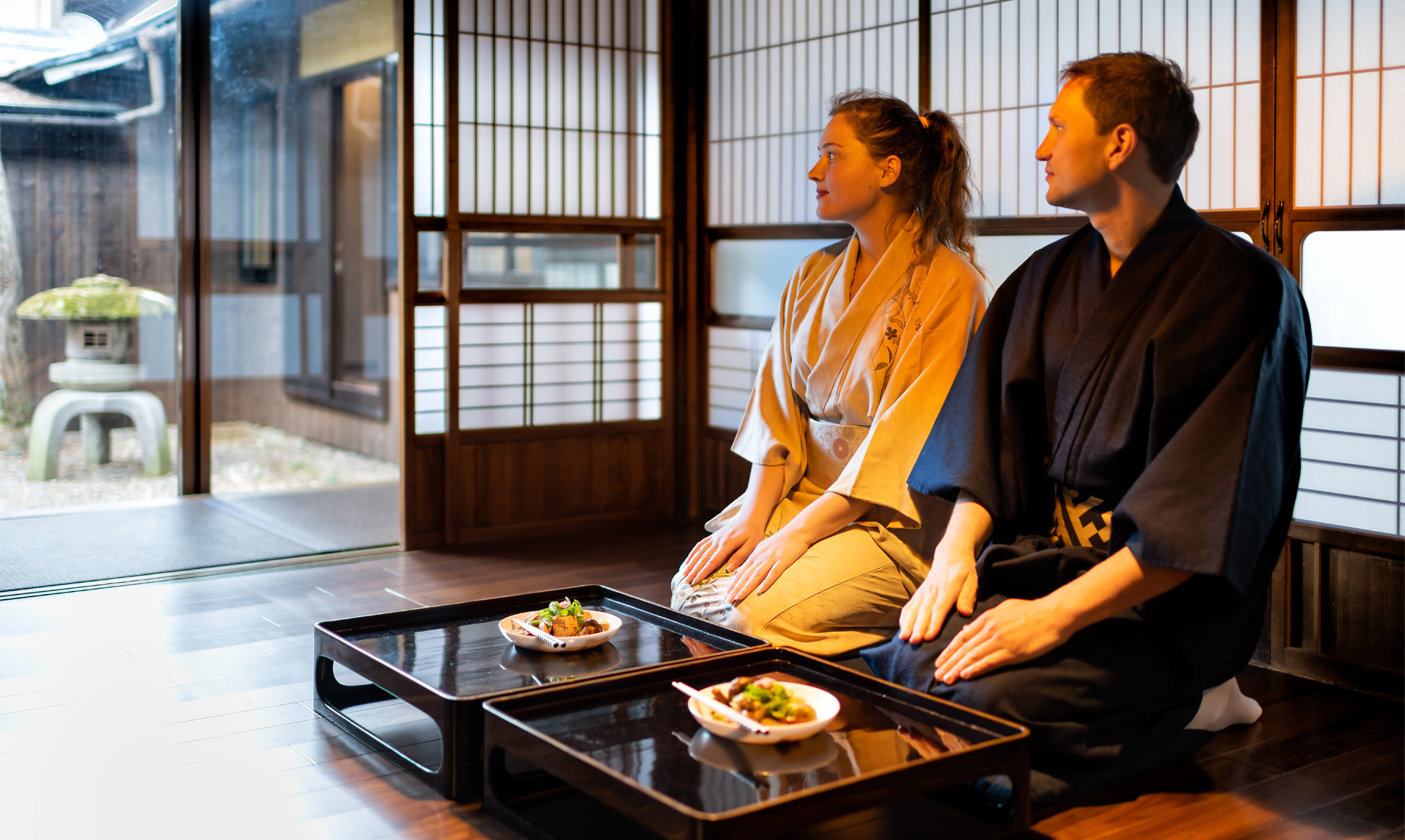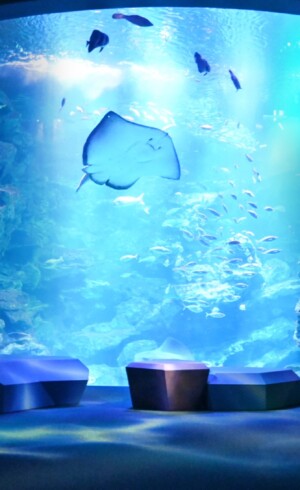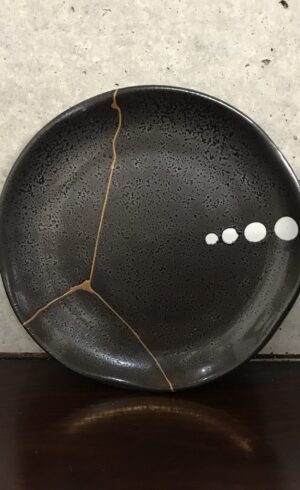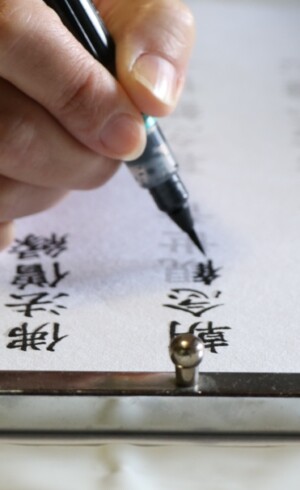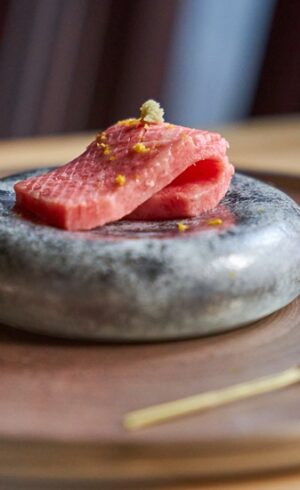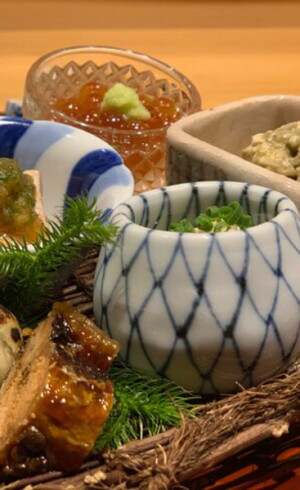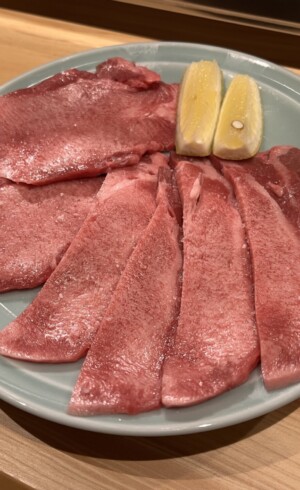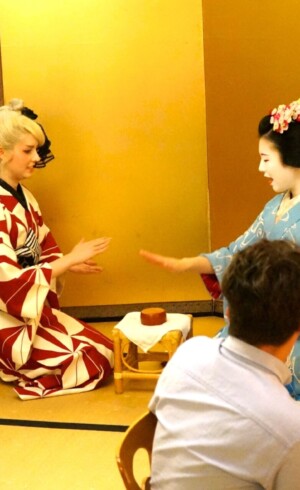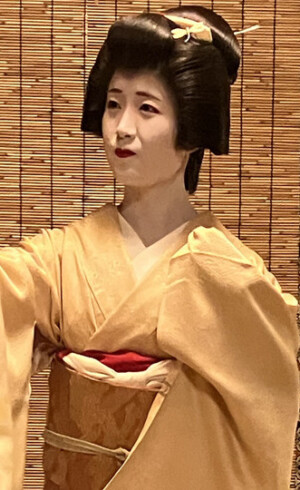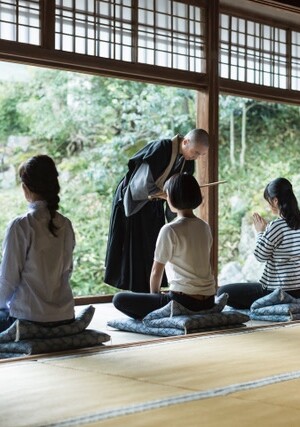Sharing Kyoto offers special experiences and tours that cannot be found anywhere else.
Meeting and interacting with people who truly create and preserve Kyoto's culture and history, not just for tourists, will definitely be an unforgettable experience.
Find your favorite experience and feel free to contact us anytime!
Inquiries: hello@sharing-kyoto.co.jp
- Encounter people, history and culture -
A life-changing journey
Experience authentic Kyoto. Change your values.
-
 Encounter the creatures of Kyoto’s mountains and rivers6 hours-¥36,000~/per group
Encounter the creatures of Kyoto’s mountains and rivers6 hours-¥36,000~/per group -
 Discover the creatures and traditional crafts of Kyoto, the city of water5 hours-¥4,000 / per person
Discover the creatures and traditional crafts of Kyoto, the city of water5 hours-¥4,000 / per person -
 ”Kintsugi” workshop -Learn from a nationally recognized master craftsman-3hours-¥30,300 / Per person
”Kintsugi” workshop -Learn from a nationally recognized master craftsman-3hours-¥30,300 / Per person -
 A meditation experience conducted at a renowned temple with a history of over 1,200 years.3 hours-¥23,100 / Per person
A meditation experience conducted at a renowned temple with a history of over 1,200 years.3 hours-¥23,100 / Per person -
 Meeting Geiko and Maiko at a Wagyu Beef Fun Dining2hours-¥18,700~ / Per person
Meeting Geiko and Maiko at a Wagyu Beef Fun Dining2hours-¥18,700~ / Per person -
 Authentic Kyoto Cuisine Tour with a local guide3hours-¥15,000 / Per group
Authentic Kyoto Cuisine Tour with a local guide3hours-¥15,000 / Per group -
 Private Wagyu Beef Tour with a local guide3hours-¥15,000 / Per group
Private Wagyu Beef Tour with a local guide3hours-¥15,000 / Per group -
 [Nishijin Tabi PlanA] Japanese Traditional Dance Experience & Teahouse Play Experience6hours-From ¥149,000/per person for groups of 6 participants.
[Nishijin Tabi PlanA] Japanese Traditional Dance Experience & Teahouse Play Experience6hours-From ¥149,000/per person for groups of 6 participants. -
 [Nishijin Tabi Plan B,C,D] Nishijin Cultural Tourism & Teahouse Play Experience6hours-From ¥80,000/per person for groups of 6 participants.
[Nishijin Tabi Plan B,C,D] Nishijin Cultural Tourism & Teahouse Play Experience6hours-From ¥80,000/per person for groups of 6 participants. -
 Private Zen meditation experience at a 1,200-year-old temple3hours-¥28,600 / Per person
Private Zen meditation experience at a 1,200-year-old temple3hours-¥28,600 / Per person
Inquiry

